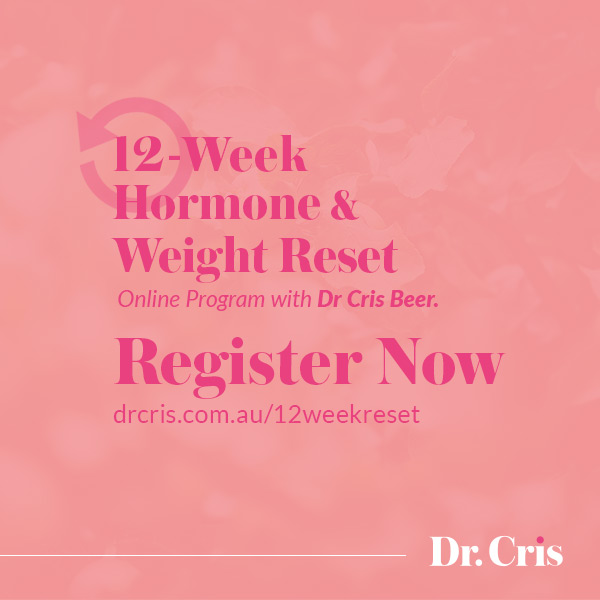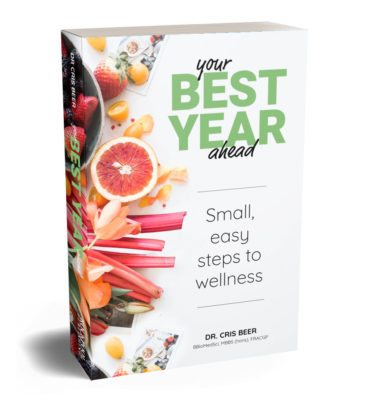Eating out is more and more common as our lives have become busier. The problem with this is that so many foods that we are able to buy in cafés and restaurants are not that good for us. Knowing which ones are better choices for us might make all the difference when it comes to being able to stick to our healthy eating plan. This is especially the case if we are in a foreign town or country and we find ourselves having to buy food at the local eatery. Abiding by some simple principles when it comes to eating out means we can make choices with the confidence that we are not undoing all our hard work.
Before we look at what these principles might be, let us briefly examine what exactly is in takeaway foods that can be so bad for us.
Avoid the Peril of MSG
MSG is short for monosodium glutamate. It is a flavour enhancer that is added to some takeaway foods to improve the taste of that food. In essence MSG tricks your brain into thinking the food tastes good by stimulating your taste buds. It also stimulates your appetite and can trigger an addiction to that food to which MSG has been added. It looks similar to salt and mixes in with the food like salt so you will not realise that it is present. Most commonly MSG is found added to Asian-style foods – Chinese, Korean and Thai takeaway foods. Keep in mind that MSG can also be found naturally in a lot of foods including meats, diary products, tomatoes, soy products, nuts and beans, as the natural chemical glutamate, which is metabolised into MSG in the body. The problem is that the amount artificially added to some takeaway foods is very high, much more than would normally be found in foods naturally.
In some individuals who are MSG sensitive the body reacts badly when they ingest it. Symptoms that occur within an hour of eating a food containing MSG and can include:
- Dry mouth
- Stomach cramps
- Nausea/vomiting
- Diarrhoea
- Migraine headaches
- Heart palpitations
- Rapid heartbeat
- Shortness of breath
- Light-headedness
- Joint pain/stiffness
- Blurry vision
Some new conditions have also been linked to MSG including:
Obesity – MSG may damage a part of the brain that regulates appetite called the hypothalamus. A damaged hypothalamus may lead to a runaway appetite and therefore potential weight gain. MSG has been found to also trigger the pancreas to produce more insulin, which in turn reduces blood sugar. This is why many people are hungry an hour or so after eating food containing MSG.
Excitotoxicity – research has shown that MSG can cause lesions in the brain by killing off brain cells by literally exciting them to death. The young are most susceptible and so keep MSG foods away from children. Keep in mind that MSG can also be found in processed foods such as some salad dressings, gravies, soups, stocks, soy sauce and processed meats. It is often renamed on
the ingredients list as hydrolysed vegetable or plant protein, yeast extract, soy protein isolate, natural flavours, or as enhancer 621. So to avoid MSG always ask at Asian-style restaurants if their food is MSG-free. Read labels well when you are at the supermarket and where possible avoid processed foods as this will reduce the chance that you are unknowingly ingesting MSG.
The Tasty Triplet – Fat, Sugar, & Salt
Often takeaway foods are much higher in fat, sugar and salt content than home cooked food. This is obviously intended to enhance the flavour of foods to increase their palatability and tempt you to buy the food again. The other problem comes with the type of fat used for cooking. Often cheap hydrogenated vegetable oil is used for cooking and frying. Fat that has been hydrogenated is linked to heart disease and should be voided. So how do we avoid this tasty triplet, as well as MSG, if we are buying out?
Tips for How You Can Eat Out With Confidence
Making healthy choices when eating out at restaurants and cafes can be tricky but with these simple tips we can choose better options.
HEALTHIER BREAKFAST TAKEAWAYS
- Avoid pre-prepared juices – these contain so much hidden sugar and are not the healthy choice we think they are. If you really feel like a juice ask for a freshly prepared vegetable juice with only one piece of added fruit such as a green apple to add some sweetness. Alternatively, opt for a berry smoothie instead as these are lower in glycaemic index than a juice.
- Choose poached or boiled eggs instead of fried. Add a side serve of grilled tomato, spinach, mushrooms and asparagus. If eating bread, stick to one slice and opt for multigrain, rye or spelt.
- Fresh fruit with yoghurt is also a good option.
- Choose one piece of raisin toast rather than two.
- Bircher muesli is packed full of nutrients but is very energy dense so keep your serving size small.
- Avoid pancakes and French toast.
HEALTHIER LUNCH TAKEAWAYS
- Choose salad options with protein such as grilled chicken salad.
- Keep dressings on the side rather than pre-mixed.
- Choose salads without cheese, like garden salad.
- Steer away from deep fried options.
- Steer away from a lot of bread. Choose a wrap instead. If eating a sandwich ask for an open sandwich instead, or just eat one slice of bread rather than both. Choose lean cuts of meat such as turkey or ham, or tuna or salmon as filling options. Opt for as much salad as possible and choose avocado instead of mayonnaise or margarine.
- If choosing Japanese, for example sushi, opt for brown rice sushi and stick to grilled chicken, avocado, tuna, salmon, and vegetarian options. Steer away from teppanyaki and deep fried. The best option is sashimi with or without a small serve of brown rice.
- Vietnamese rice paper rolls or clear noodle soup is a good option.
- Choose water or green tea as a drink.
- Avoid soft drinks, juice, smoothies, iced teas and cordial.
HEALTHIER DINNER TAKEAWAYS
Mediterranean – avoid the bread. One medium bread roll can be equal to the same amount of calories as a palm-sized piece of meat or chicken. You can either choose the bread or the meat but not both – I know what I would rather have! Avoid main meal sizes and instead choose entrée sizes for meals. If having pasta, opt for tomato based instead of carbonara or creamy based sauces. Choose grilled fish, chicken or lamb with garden salad and dressing on the side. Share a dessert – the best option being sorbet with fruit.
Asian – choose clear soups such as miso and rice noodle soups. Opt for stir-fries rather than deep fried dishes. Avoid curries, coconut-milk based meals and skip the entrée and go straight to a main meal.
Avoid pizza and other fast foods.
Stick to 1–2 glasses of wine or beer. Choose mineral water with lemon or lime if you still feel like something ‘special’ to drink.
As with anything, moderation is the key. If you keep your serving size small then you can enjoy your meal and be a little less selective with what you choose. Keep in mind that if you only eat out infrequently then choose any option you feel like but remember to get back onto your healthy eating plan tomorrow.
#healthyhabits #healthyliver
Dr Cris
Holistic Medical Doctor, Author ‘Healthy Habits, 52 Ways to Better Health‘



